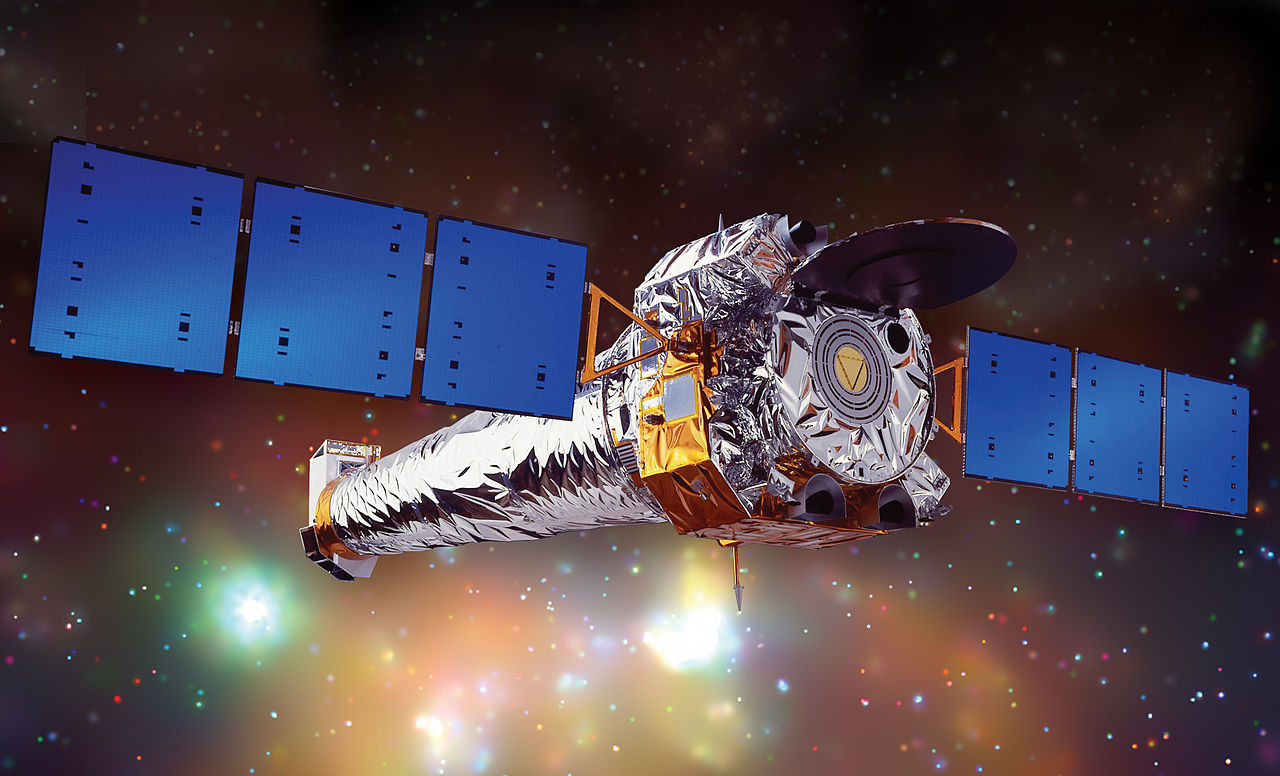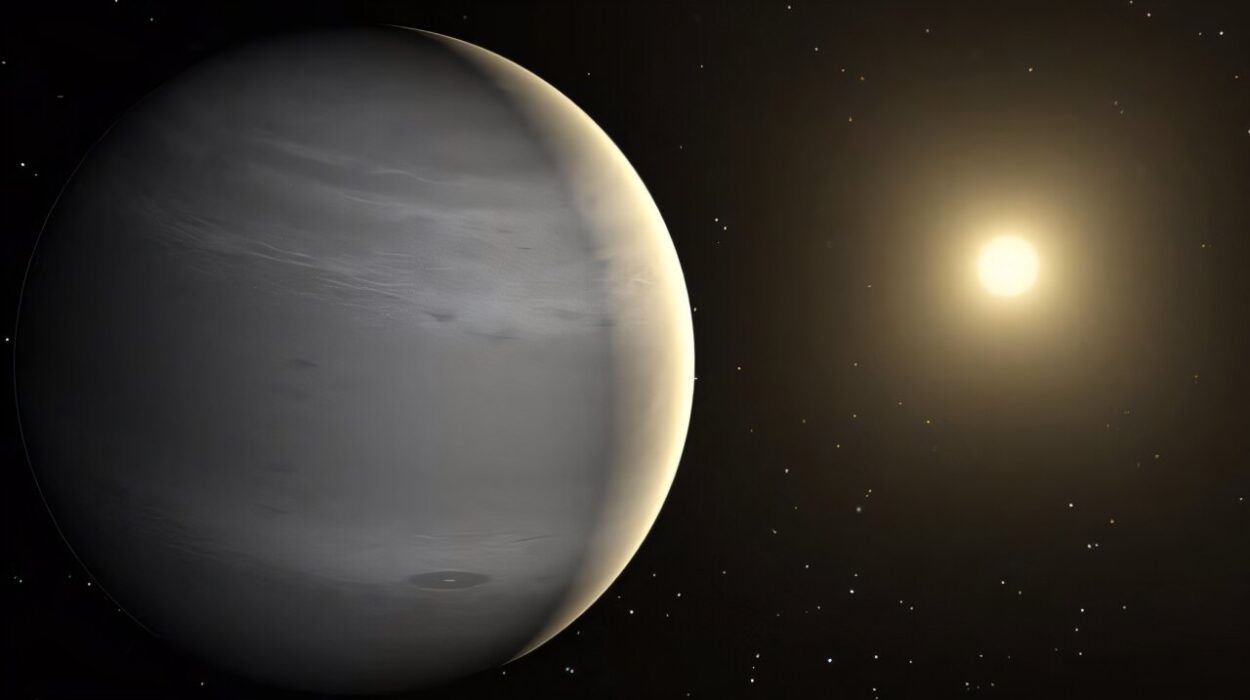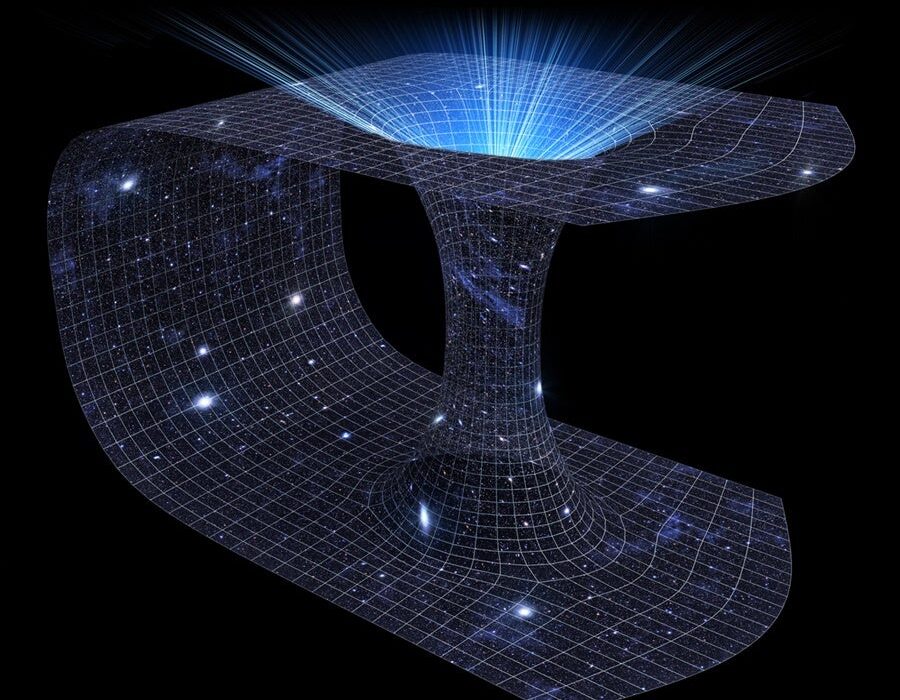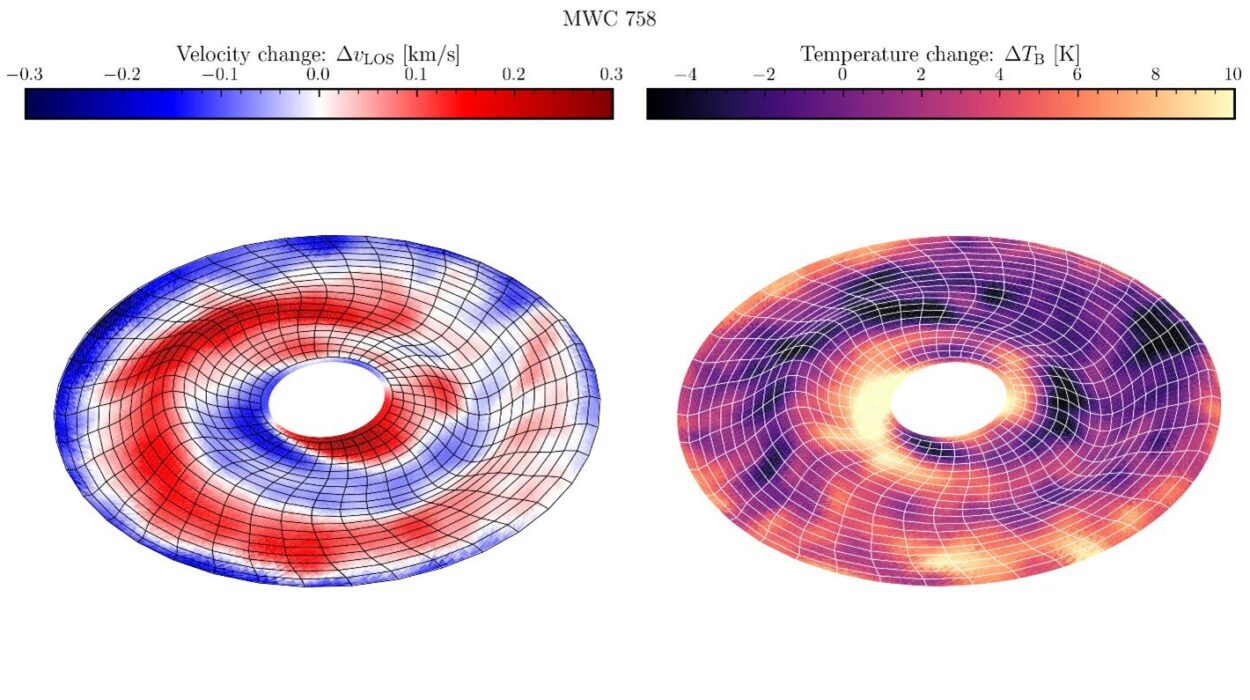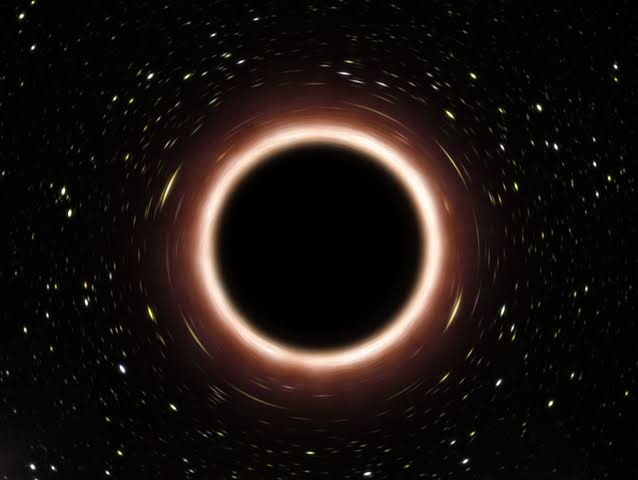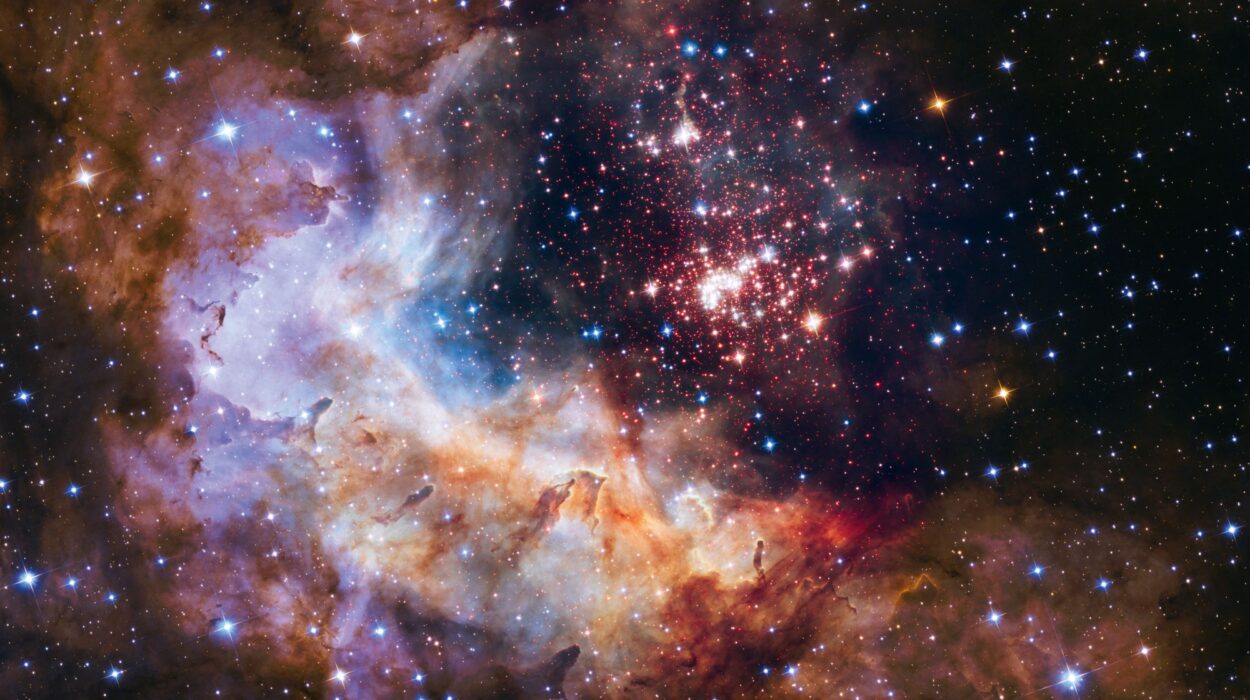For centuries, humanity’s understanding of the universe was limited to what we could see from Earth’s surface. From ancient stargazers charting constellations to Galileo’s modest telescope that revealed the moons of Jupiter, our gaze was locked under Earth’s thick, turbulent atmosphere. That atmosphere, though essential for life, also distorts and filters the light reaching us from space. Stars twinkle not because they’re dancing in joy, but because their light wavers as it passes through the Earth’s atmospheric layers.
Then came the space age.
The launch of satellite telescopes marked a transformative moment in astronomy and astrophysics. Freed from the atmospheric veil, space-based observatories could see the cosmos with unprecedented clarity. They could catch high-energy light like X-rays and gamma rays, which Earth’s atmosphere blocks entirely, and could stare deep into the ancient past of the universe, capturing light from the first galaxies ever born.
This article explores some of the most revolutionary satellite telescopes ever launched—machines that have fundamentally reshaped our understanding of the universe. These space-based eyes have not only observed stars and galaxies but also rewritten physics, challenged long-standing theories, and posed new questions that still haunt the minds of scientists today.
Hubble Space Telescope: The People’s Telescope
When people think of satellite telescopes, they usually think of Hubble. And for good reason. Launched in 1990 aboard the Space Shuttle Discovery, the Hubble Space Telescope (HST) became a cultural icon. Orbiting about 340 miles above Earth, Hubble has beamed back images that have appeared everywhere—from scientific journals to school textbooks, from desktop wallpapers to coffee table books.
But Hubble’s beginnings were rocky—literally. Soon after its deployment, scientists discovered that its main mirror was flawed. The error was microscopic, but enough to blur its vision. It was a national embarrassment. NASA launched a daring repair mission in 1993, installing corrective optics—a kind of “contact lens” for space. The fix worked, and Hubble’s potential was unleashed.
What followed was nothing short of a revolution. Hubble showed us galaxies colliding, infant stars forming in clouds of gas and dust, and the deep field images—long exposures showing thousands of galaxies in what looked like empty space—proved that the universe is more vast and rich than we ever imagined.
Perhaps most famously, Hubble helped determine the rate of the universe’s expansion, refining the Hubble Constant and confirming the accelerating expansion of the universe—a discovery that pointed toward the existence of dark energy. In short, Hubble didn’t just show us what’s out there—it changed the questions we ask about the cosmos.
Chandra X-ray Observatory: Seeing the Violent Universe
Launched in 1999 aboard the Space Shuttle Columbia, the Chandra X-ray Observatory specializes in seeing the high-energy universe. Unlike visible light, X-rays come from some of the most extreme environments imaginable—black holes devouring stars, supernova explosions, and the turbulent gas in galaxy clusters.
Earth’s atmosphere blocks X-rays, which is why Chandra had to go to space. Its mirrors are designed differently from Hubble’s: they’re nested cylinders that gently bounce X-rays at shallow angles toward detectors. This lets Chandra capture the energetic fingerprints of celestial phenomena that would otherwise be invisible.
Thanks to Chandra, we’ve seen the jet from a supermassive black hole at the center of galaxy M87, the same galaxy whose black hole was later photographed by the Event Horizon Telescope. We’ve studied pulsars—the dense, rapidly spinning remnants of exploded stars—and seen the structure of supernova remnants in exquisite detail.
Perhaps most profoundly, Chandra has helped map dark matter. By observing how galaxies collide and tracking X-ray emissions from the hot gas, astronomers could compare that visible matter to gravitational lensing effects. The mismatches revealed something else must be there—an invisible mass exerting gravity: dark matter.
Where Hubble showed us the beauty of the universe, Chandra revealed its violence—and its invisible scaffolding.
Spitzer Space Telescope: The Infrared Eye
Launched in 2003, the Spitzer Space Telescope opened a new window on the universe by observing infrared light—light beyond the red part of the spectrum, which our eyes cannot see. Infrared light is crucial for studying cold or dusty regions of space. It can pierce through clouds of gas and dust that obscure other telescopes.
Spitzer allowed us to see the “hidden universe”: embryonic stars still wrapped in cocoons, planetary disks where new solar systems are being born, and distant galaxies whose light has been stretched into infrared by the expansion of the universe.
One of Spitzer’s great strengths was in exoplanet science. It was instrumental in characterizing the atmospheres of planets outside our solar system by measuring the tiny dip in infrared light as these worlds passed in front of or behind their stars.
Perhaps most dramatically, Spitzer helped discover the TRAPPIST-1 system, a planetary system containing seven Earth-sized planets around a small, cool star. Some of those planets lie in the star’s habitable zone—where liquid water could exist.
Though retired in 2020, Spitzer’s legacy lives on in the dusty cradles of star formation and in our ever-growing list of potentially habitable exoplanets.
James Webb Space Telescope: The Time Machine
Launched on Christmas Day 2021, the James Webb Space Telescope (JWST) is often described as Hubble’s successor—but that’s like calling a jet engine a better horse. JWST represents a leap not just in sensitivity and scale, but in scientific ambition.
Positioned 1.5 million kilometers from Earth at the second Lagrange point (L2), JWST avoids the heat and light of our planet and Moon. It stays cool behind a multi-layered sunshield, allowing its instruments to detect the faintest glimmers of infrared light.
Why infrared? Because as the universe expands, light from the earliest galaxies gets redshifted—stretched into the infrared. Webb was designed to see the first stars and galaxies that formed after the Big Bang. It’s essentially a time machine, peering back over 13 billion years to study the cosmic dawn.
Early images from JWST stunned the world. Dense star clusters, never-before-seen galaxies, and even the chemical fingerprints of exoplanet atmospheres filled its datasets. It revealed complex molecules—potential ingredients of life—floating in young planetary systems.
More than any other telescope, JWST is poised to answer our most profound questions: How did the first galaxies form? Are we alone in the universe? What is the ultimate fate of cosmic evolution?
Kepler and TESS: The Planet Hunters
Before Kepler, exoplanets were rare and exotic. After Kepler, they became common.
Launched in 2009, the Kepler Space Telescope focused on one narrow region of the sky, watching over 150,000 stars for tiny dips in brightness. These dips, caused by planets passing in front of their stars, allowed astronomers to calculate planet sizes, orbital periods, and even possible compositions.
Kepler’s mission revolutionized our understanding of planetary systems. It revealed thousands of exoplanets, including hot Jupiters, super-Earths, mini-Neptunes, and worlds that don’t exist in our solar system. It showed that most stars likely have planets—and many of those could be Earth-like.
Following Kepler’s retirement, TESS (Transiting Exoplanet Survey Satellite) took up the mantle in 2018. Unlike Kepler, TESS surveys almost the entire sky, focusing on nearby stars. It provides targets for detailed study by larger telescopes like JWST.
Together, Kepler and TESS have shifted the search for extraterrestrial life from science fiction to scientific strategy. We now have targets—real places to look.
Fermi Gamma-ray Space Telescope: The Universe at Its Most Extreme
Gamma rays are the most energetic form of light. They come from cataclysmic events like black hole collisions, neutron star mergers, and the explosive deaths of massive stars. To catch these cosmic firestorms, NASA launched the Fermi Gamma-ray Space Telescope in 2008.
Fermi watches the entire sky for bursts of gamma rays. It has observed thousands of these events, from mysterious short gamma-ray bursts to more predictable flare-ups from active galactic nuclei. Some of these bursts are so powerful that they briefly outshine everything else in the sky.
One of Fermi’s most exciting achievements was in multi-messenger astronomy. In 2017, gravitational waves from a neutron star merger were detected on Earth—and just seconds later, Fermi picked up a gamma-ray burst from the same event. For the first time, we observed a cosmic event both in gravitational waves and in light.
Fermi helps us understand not only where gamma rays come from, but what they reveal about space-time, gravity, and the evolution of matter under extreme conditions.
Gaia: Mapping the Milky Way in 3D
While many telescopes look outward to the distant universe, Gaia looks inward—to our own galaxy. Launched by the European Space Agency in 2013, Gaia’s mission is to create the most accurate map of the Milky Way ever made.
Gaia tracks the positions, motions, and brightness of over a billion stars. By measuring how these stars move over time—sometimes as little as a few micro-arcseconds—Gaia can deduce their distances and velocities.
This lets astronomers reconstruct the history of our galaxy, identifying star streams from ancient mergers, mapping the spiral arms, and even predicting future collisions—like the eventual crash between the Milky Way and Andromeda.
Gaia’s data also helps refine the distance scale of the universe, improving our understanding of stellar life cycles, galactic structure, and the dark matter halo that shapes our galaxy’s dynamics.
Planck and WMAP: The Cosmic Background Whisperers
To understand the universe’s birth, we must listen to its oldest light—the cosmic microwave background (CMB). This radiation, a faint afterglow of the Big Bang, fills all of space. It is not visible to human eyes, but it contains clues about the earliest moments of existence.
Two missions were pivotal in mapping the CMB: NASA’s WMAP (Wilkinson Microwave Anisotropy Probe) launched in 2001, and ESA’s Planck satellite, launched in 2009.
WMAP provided the first detailed map of the CMB’s tiny temperature fluctuations. Planck took it further, delivering the most precise measurements of these fluctuations ever recorded. These ripples, mere microkelvins in magnitude, reflect the seeds of cosmic structure—the places where galaxies would eventually form.
From these maps, scientists determined the universe’s age (about 13.8 billion years), its composition (mostly dark matter and dark energy), and its overall shape (remarkably flat).
Together, WMAP and Planck helped cement the Big Bang theory as the dominant model of cosmology and gave us a clearer sense of our cosmic origin.
A Continuing Legacy
Each of these space telescopes has opened a new window on the universe, showing us light we had never seen before, phenomena we never imagined, and mysteries we still don’t understand. But their greatest legacy may be in how they’ve redefined what it means to explore.
No longer do we send ships to uncharted oceans; we send observatories to orbit, to pierce through the blackness and return with revelations. We map not just continents but galaxies. We listen not just to the wind but to the whispers of ancient light echoing from the dawn of time.
And we are not done.
New missions are already being prepared: the Roman Space Telescope, set to explore dark energy; LISA, a space-based gravitational wave observatory; and Ariel, a telescope dedicated to studying exoplanet atmospheres. Each of these missions will push the boundaries of what we know—and what we can imagine.
Satellite telescopes are more than scientific instruments. They are humanity’s eyes in the heavens—persistent, patient, and unblinking—gazing into the depths of space, and perhaps, ultimately, into the depths of ourselves.
